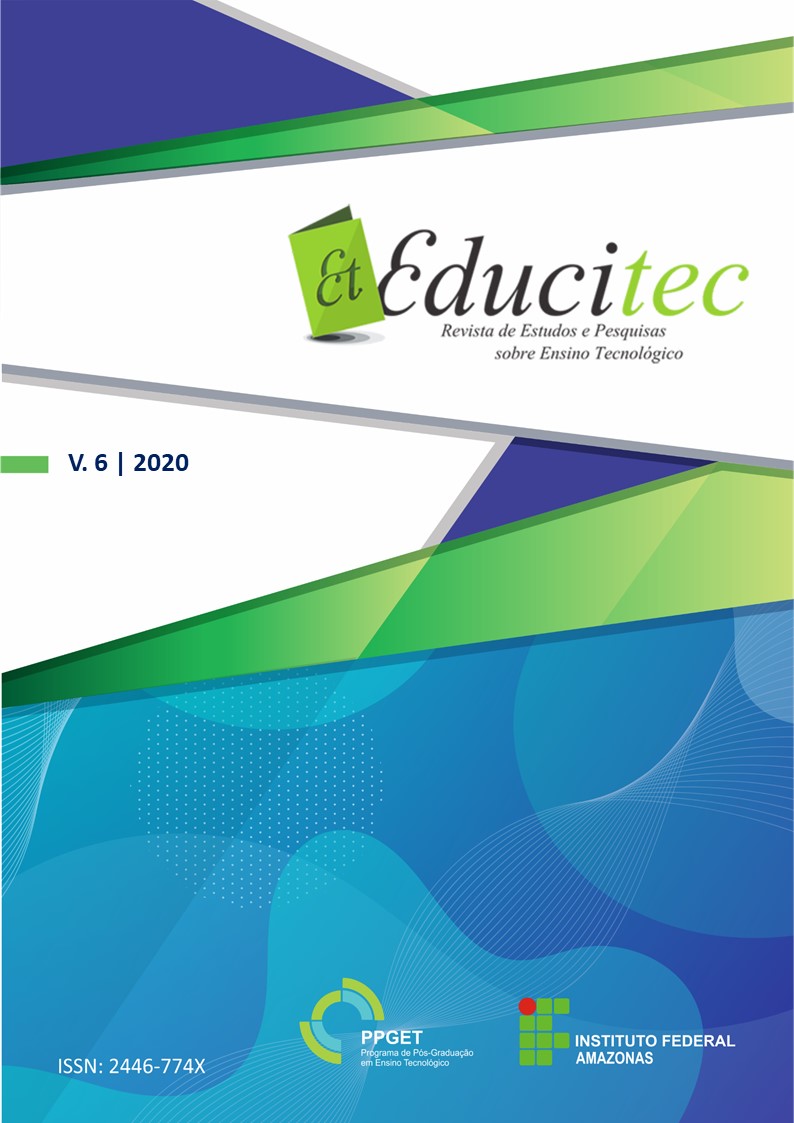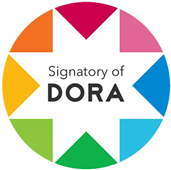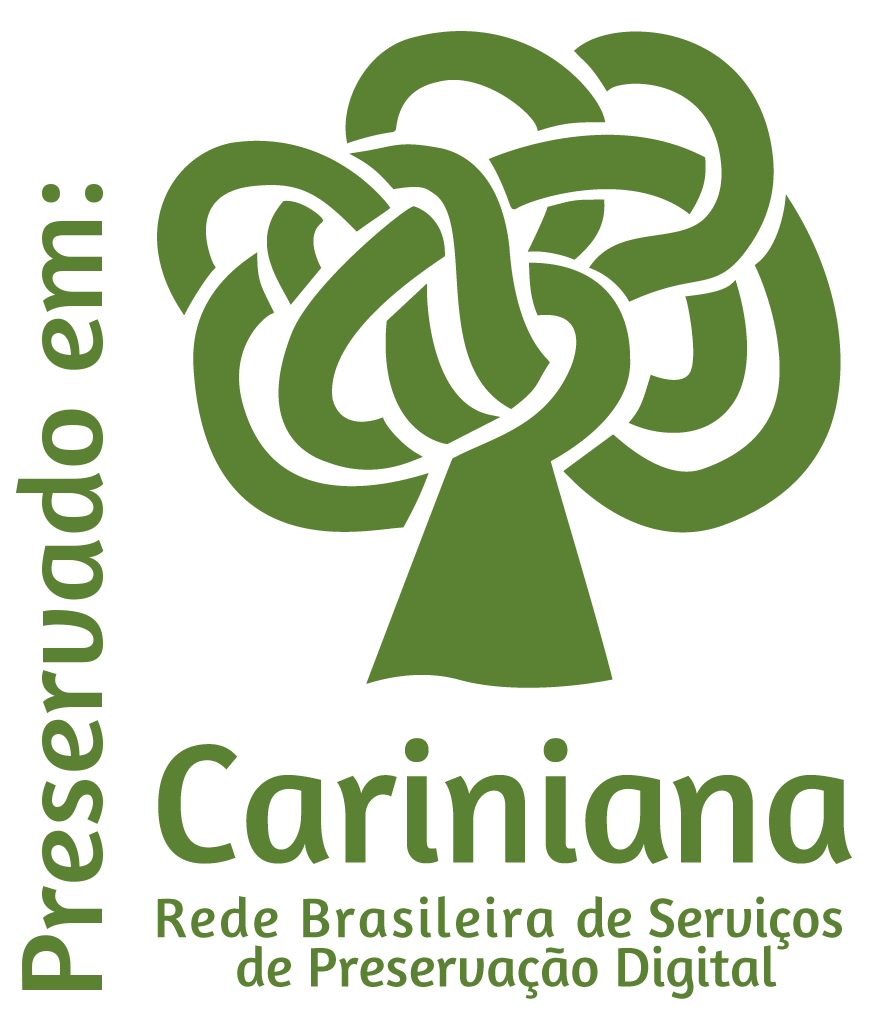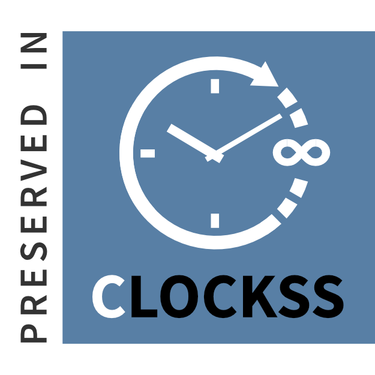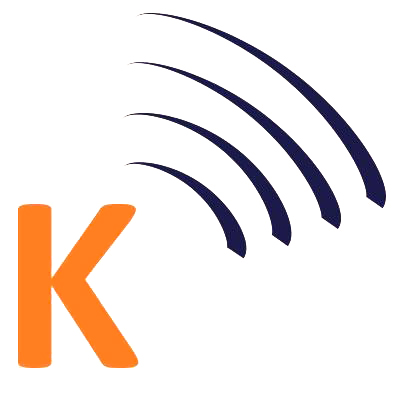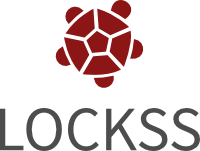Interactions with University Students participating in a Didactic Sequence set by Google Classroom® through Hybrid Teaching
DOI:
https://doi.org/10.31417/educitec.v6.1253Keywords:
Educational Technology, Virtual Classroom, Electronic CommunicationAbstract
This article presents an excerpt from the Master’s degree research developed in 2019, which addressed an experiment with students from the Administration course, in person, from a private university center in the north of Paraná. This text presents the interactions and the familiarization of the students with the use of the Digital Information and Communication Technologies (TDICs), through hybrid teaching activities with the Google virtual platform, known as Google Classroom®. With the methodological guidance, we aim to present one of the activities that were applied by the developed Didactic Sequence, using the Hybrid Teaching methodology, which makes possible the use of digital technologies in classes when combining the elements of virtual education with the classroom teaching. As an instrument of Data collection, we applied questionnaires to identify the profile of the students and their interactions regarding the use of TDICs in class. As conclusion, we observed that the participants showed dexterity in the use of Google Classroom®, expressing approval regarding its applicability for educational purposes. Studies show that more and more universities are receiving an expressive number of students versed in the use of digital technologies, in general, students with aptitude in the handling of these resources, which has impacted on the teacher's work, since it is necessary to be prepared and trained to deal with such challenges that constantly reflects on the teaching practices.
Downloads
Metrics
References
BRASIL. INEP. Censo da educação superior: notas estatísticas 2016. Disponível em: http://download.inep.gov.br/educacao_superior/censo_superior/documentos/2018/censo_da_educacao_superior_2017-notas_estatisticas2.pdf. Acesso em: 22 mar. 2020.
BROUSSEAU, Guy. Introdução ao estudo das situações didáticas: conteúdos e métodos de ensino. São Paulo: Ática, 2008. 128p.
CASTRO, Gisela. Screenagers: entretenimento, comunicação e consumo na cultura digital. In: BARBOSA, Lívia (org.). Juventudes e gerações no Brasil contemporâneo. Porto Alegre: Sulina, 2012.
CHIAVENATO, Idalberto. Iniciação a sistemas, organização e métodos: SO&M. Barueri, SP: Manole, 2010.
DÍAZ-BARRIGA, Angel. Guía para la elaboración de uma secuencia didactica. Universidad Autonoma de México, 2013. Disponível em: https://bit.ly/3bAQFIg. Acesso em: 22 mar. 2020.
FEY, Ademar Felipe. A linguagem na interação professor-aluno na era digital: considerações teóricas. Revista Tecnologias na Educação, ano 3, n.1, jul. 2011.
KÄMPF, Cristiane. A geração Z e o papel das tecnologias digitais na construção do pensamento. ComCiência, Campinas, n. 131, 2011. Disponível em: http://comciencia.scielo.br/scielo.php?script=sci_arttext&pid=S1519-76542011000700004&lng=en&nrm=iso. Acesso em: 26 set. 2020.
MARÇAL, Edgar; ANDRADE, Rossana; RIOS, Riverson. Aprendizagem utilizando dispositivos móveis com sistemas de realidade virtual. Novas Tecnologias na Educação, Porto Alegre, v. 3, n. 1, 2005. Disponível em: http://lumenagencia.com.br/dcr/arquivos/a51_realidadevirtual_revisado.pdf. Acesso em: 27 mar. 2020.
MORAN, José Manuel, MASETTO, Marcos; BEHRENS, Marilda. Novas tecnologias e mediação pedagógica. 7. ed. São Paulo, SP: Papirus, 2003.
NOVAES, Alex Ferreira. Contribuições do Conhecimento Tecnológico e Pedagógico de Conteúdo: Reflexões e ações do Pesquisador Professor enquanto observador de sua própria prática. 2019. Dissertação – Programa de Mestrado em Ensino de Linguagens e suas Tecnologias da UNOPAR – Londrina, 2019. Disponível em: https://repositorio.pgsskroton.com//handle/123456789/24830 Acesso em 26 mar. 2020.
OLIVEIRA, Maria Marly de. Sequência didática interativa no processo de formação de professores. Petrópolis, RJ: Vozes, 2013.
PACHECO, Mariã Aparecida Torres; PINTO, Leandro Rafael; PETROSKI, Fabio Roberto. O uso do celular como ferramenta pedagógica: uma experiência válida. In: EDUCERE –Congresso Nacional de Educação, 2017, Curitiba/PR. Anais [...]. Curitiba/PR: [s. n.], 2017. Disponível em: http://educere.bruc.com.br/arquivo/pdf2017/24549_12672.pdf. Acesso em: 24 mar. 2020.
PASSARELI, Brasilina; JUNQUEIRA, Antonio Helio; ANGELUCI, Alan César. Os nativos digitais no Brasil e seus comportamentos diante das telas. MATRIZes, v. 8 - nº 1 jan./jun. São Paulo: USP, 2014. p.159-158. Disponível em: http://www.periodicos.usp.br/matrizes/article/view/82936/85975. Acesso em: 26 mar. 2020.
SILVA, Sandra Rubia. Telefones celulares e a educação para a cidadania. Trabalho apresentado no GT HISTÓRIA DA MÍDIA DIGITAL, no 9º Encontro Nacional de História da Mídia, 2013.
VALENTE, José Armando. Aprendizagem ativa no ensino superior: a proposta da sala de aula invertida. São Paulo: PUC, 2014.
Downloads
Published
How to Cite
Issue
Section
License
This work is licensed under a Creative Commons Attribution 4.0 International License
This license allows others to share, copy, redistribute material in any medium or format, adapt, remix, transform and develop the material based on their work, even if commercially, giving due credit and providing a link to the license.
The published articles are the property and full responsibility of their authors, who may have them for later publication, always including the original edition, and EDUCITEC Magazine does not have any legal responsibility for its content.
Accepted 2020-11-13
Published 2020-11-18

